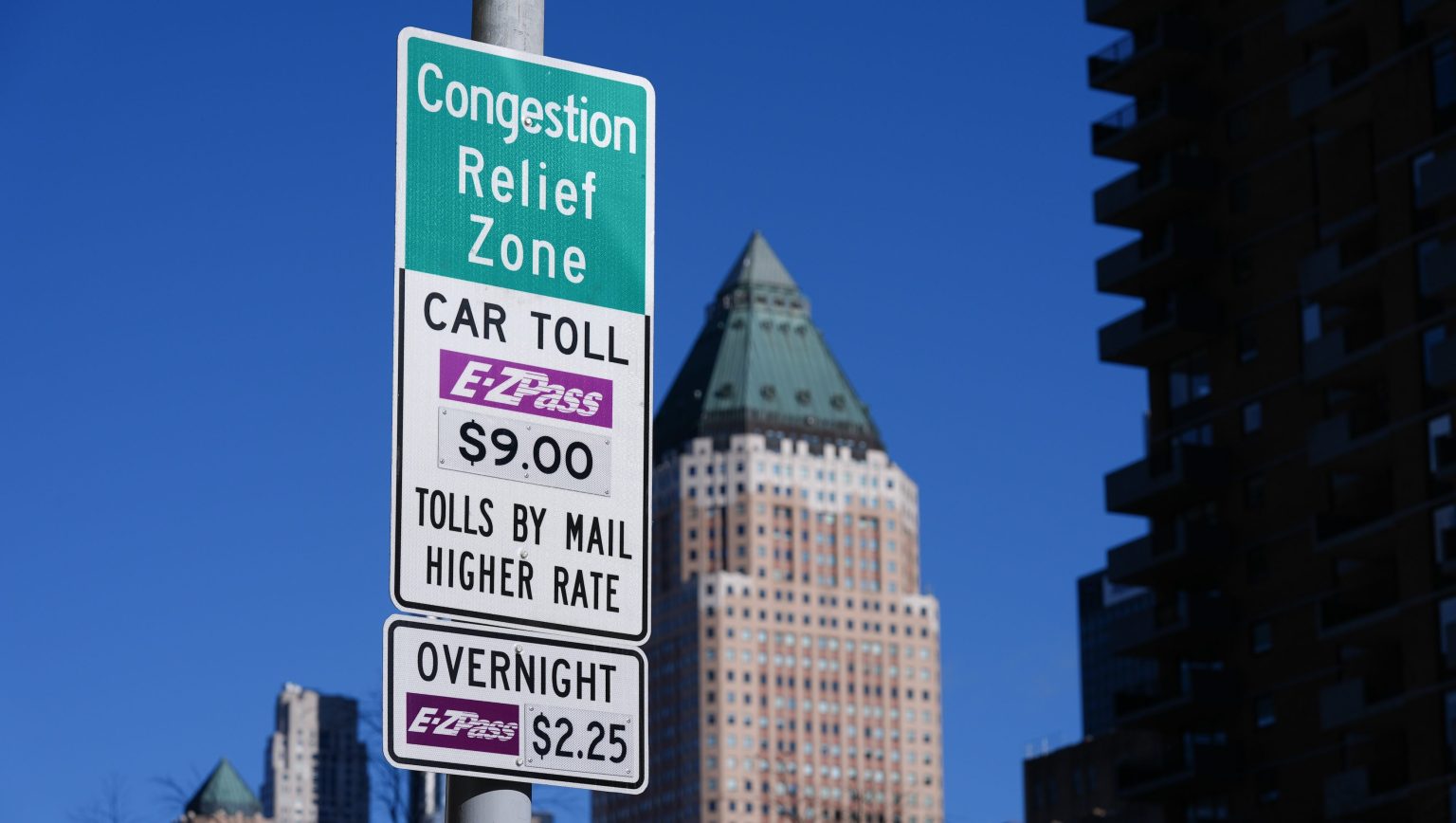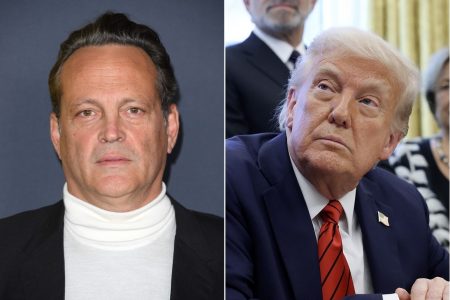President Donald Trump made headlines recently by declaring himself the “King” of New York City on social media, a bold statement tied to his claim of ending the city’s controversial congestion pricing program. The announcement came after a letter from his transportation secretary, Sean Duffy, was sent to New York Governor Kathy Hochul, effectively ending the federal transportation department’s agreement with the state over the new congestion pricing initiative for Manhattan. Trump’s proclamation on Truth Social read: “CONGESTION PRICING IS DEAD. Manhattan, and all of New York, is SAVED. LONG LIVE THE KING!” The move has sparked a mix of celebration and criticism, leaving many wondering whether Trump and his administration can actually halt the program. As the situation unfolds, it raises questions about the authority of the federal government to intervene in state-level transportation policies and the potential legal battles that may follow.
The congestion pricing program in New York City, which began on January 5, imposes tolls on drivers entering Lower and Midtown Manhattan. The cost for passenger vehicles is $9 during peak hours and $2.25 overnight, with drivers charged once per day when entering the Congestion Relief Zone. Trucks and buses face higher tolls, ranging from $14.40 to $21.60 per entry, while motorcyclists are charged $4.50 during peak times and $1.05 overnight, also limited to one charge per day. The program aims to reduce traffic congestion in one of the busiest cities in the world while generating revenue for improvements to the city’s transportation infrastructure. However, the initiative has been met with significant opposition, particularly from commuters and business owners who argue that the additional costs will disproportionately affect middle- and low-income residents.
The debate over whether President Trump can successfully stop the congestion pricing program remains unresolved. While Trump has pledged to “terminate” the program since before his election, his administration’s ability to do so is not without its challenges. attempts to halt the program are likely to lead to a legal showdown, as New York State and the Metropolitan Transportation Authority (MTA) have signaled their intention to fight the decision in court. At a press conference, Governor Kathy Hochul responded defiantly to Trump’s assertion of authority, invoking New York’s history of independence and resilience. “I’m here to say, New York hasn’t labored under a king in over 250 years, and we are not, we sure as hell are not gonna start now,” Hochul declared, making it clear that the state will not back down without a fight. The governor’s strong stance reflects the broader tension between federal and state powers, as well as the political dynamics at play in this high-profile dispute.
The confrontation between Trump and Hochul has also taken on a personal tone, with the governor accusing the former president of using New Yorkers as “roadkill on his revenge tour.” In a tweet, Hochul vowed to meet Trump in court, emphasizing that New York will not be intimidated or controlled by what she views as an overreach of federal authority. This clash highlights the deeply partisan nature of the issue, with Trump’s base likely applauding his bold move while opponents criticize it as an attempt to exert undue influence over state affairs. As the legal battle looms, the outcome will not only determine the fate of congestion pricing in New York City but also set a precedent for how federal and state governments interact on transportation policies in the future.
New York City’s congestion pricing program is a pioneering initiative in the United States, making it the first American city to adopt such a system. Similar programs have been in place for years in global cities like London, Stockholm, Milan, and Singapore, where they have shown varying degrees of success in reducing traffic and generating revenue. While supporters argue that congestion pricing is a necessary step to address the city’s notorious traffic congestion and fund much-needed improvements to public transit, critics contend that the added costs will place an unfair burden on already-struggling commuters and businesses. The program’s implementation has also raised questions about equity, with concerns that low-income workers who rely on personal vehicles for commuting will be disproportionately affected. As the debate continues, the outcome of the legal challenge will have far-reaching implications for transportation policy not just in New York but across the nation.
In the end, the future of New York City’s congestion pricing program hangs in the balance, caught between the competing interests of federal and state governments, economic and environmental priorities, and the diverse needs of the city’s residents. While President Trump has declared victory, the reality is that the battle is far from over. The legal and political skirmishes that will unfold in the coming months promise to be as dramatic as they are consequential, shaping the future of transportation in one of the world’s most iconic cities. Whether Trump’s administration can successfully halt the program remains to be seen, but one thing is certain: the fight over congestion pricing in New York City is only just beginning.









